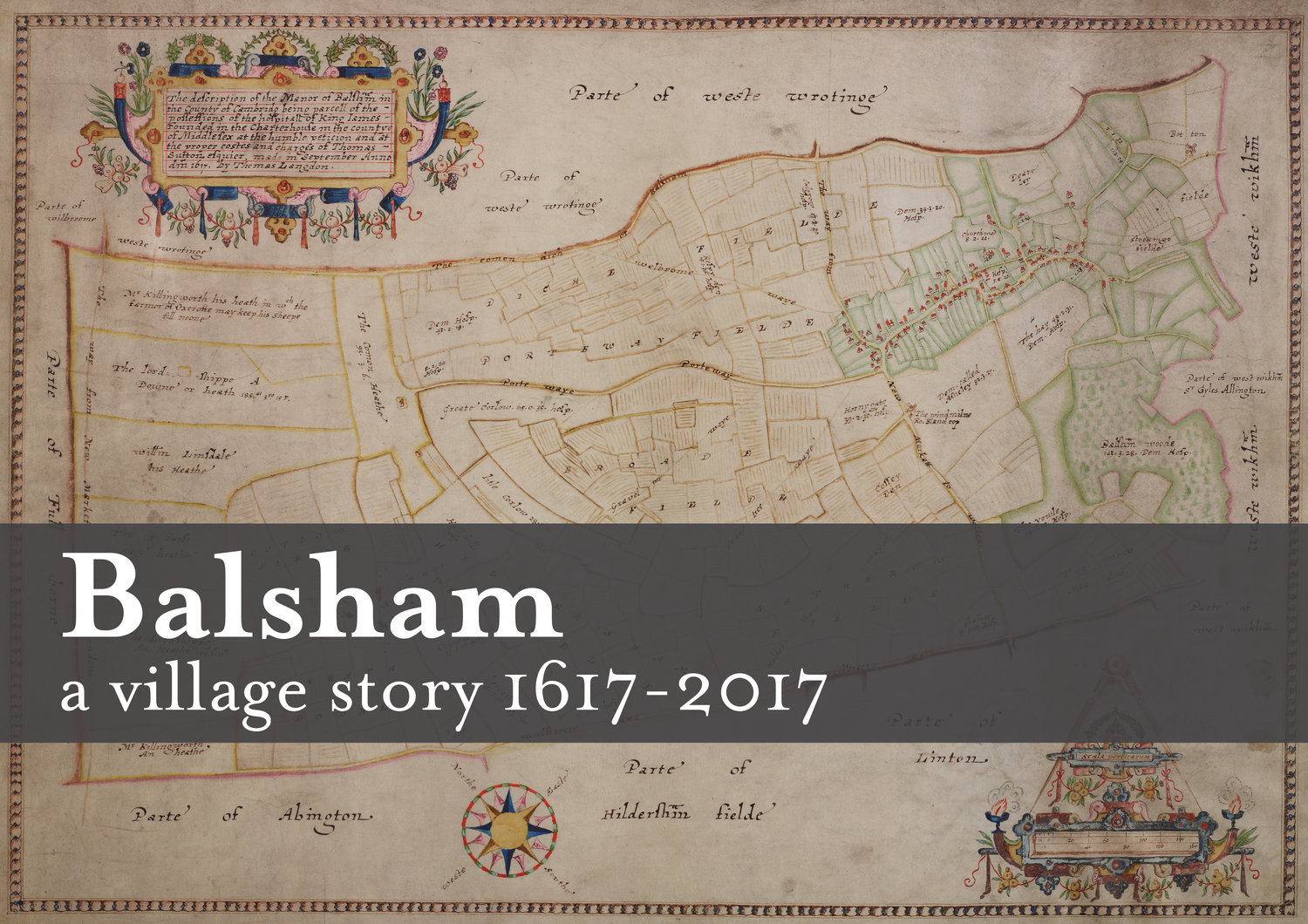Balsham and communication services
Our world is dependent on a network of mobile communication towers which mirror the triangulation points used for the mapping of our country in the nineteenth century. Just as map makers also need to find high points to survey the terrain, so engineers locate cellnet towers on high ground for best network coverage.
Previous generations relied on other means for communication. Letters carried by horse and man were used for many centuries. The introduction of the Penny Post in the 1840s established a country-wide method of safe communication available to all. Balsham had a post office to allow mail to be sent and collected but history is uncertain where this was located at that time.
The introduction of the telegraph in the 1830s brought a speedier method of communication and became a telephone network with the lines being carried on poles across the countryside. Early rural areas were served by very small manual exchanges and home phones were the privilege of very few. The Balsham post office was at this time located in a cottage near the cross roads at the High Street and West Wratting Road as shown in the picture and the sign indicates that a phone call could be made from the building.
Public phone boxes were installed by the GPO for public calls. Balsham still has two iconic K6 boxes in the High Street. The demand for a telephone in every house made the manual exchange system ineffective and automatic exchanges with nationwide dialling facilities soon caused Balsham phone circuits to be divided, with some connected to new exchanges in Linton and others to West Wratting. All these systems used copper cables for their trunk connections which proved a target for metal thieves as the price of copper soared on the commodity markets in the 2000s.
The internet brought a demand for high speed broadband connection which could not be fulfilled by the network. In 2015, the village was connected to fibre optic trunk cables. The upgrade of the mobile tower networks to 4G means that everyone now has access to the internet. Our forebears would be astonished by our ability to communicate with images and speech anywhere within the world.
The sign on the building of the Post Office in it’s old home on the West Wratting Road, Balsham, indicates that a phone call could be made here. Note the bus outside The Bell pub.


